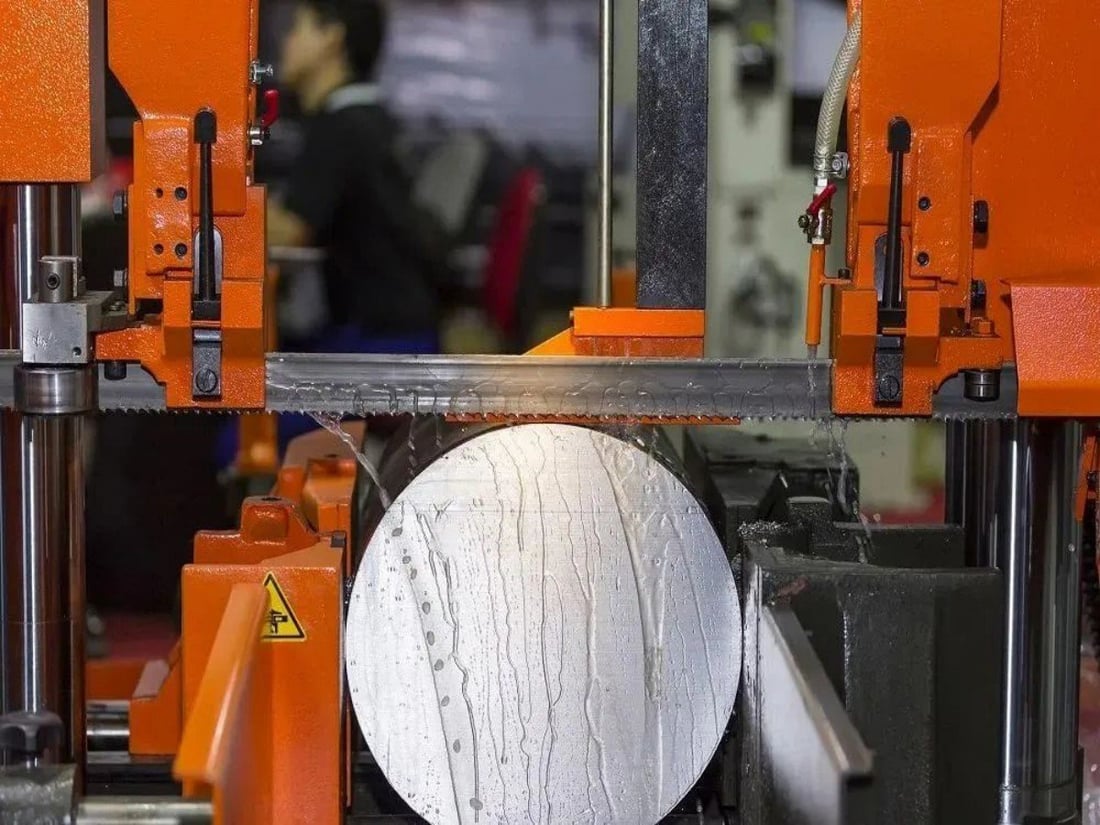Introduction
Cutting metal can be a challenging task, especially if you don't have the right tools. Jigsaw blades are one of the most versatile tools for cutting metal. They are suitable for a wide range of applications and come in different types. However, choosing the right jigsaw blade for your project can be overwhelming. In this article, we will explore the best jigsaw blades for cutting metal, their features, and how to choose the right one.
Types of Jigsaw Blades for Cutting Metal
Jigsaw blades come in different types, each designed for specific cutting applications. Some of the most common types of jigsaw blades for cutting metal include:
1. Bi-metal Blades: These blades are made of two metals, usually high-speed steel and cobalt. They are durable, flexible, and can cut through thick metal sheets.
2. Tungsten Carbide Blades: These blades are ideal for cutting hard and abrasive metals like stainless steel, cast iron, and aluminum. They have a longer lifespan than bi-metal blades and can make smoother cuts.
3. High-Speed Steel Blades: These blades are suitable for cutting thin metal sheets and non-ferrous metals like copper, brass, and aluminum. They are affordable and can handle high-speed cutting without overheating.
4. Diamond Grit Blades: These blades are designed for cutting hard materials like ceramic tiles, glass, and metal. They have a diamond coating that makes them durable and efficient.
Choosing the Right Jigsaw Blade for Cutting Metal
To choose the right jigsaw blade for cutting metal, you need to consider the following factors:
1. Material: Different jigsaw blades are designed for specific metal materials. Ensure you choose a blade that is suitable for the metal you want to cut.
2. Teeth Per Inch (TPI): The TPI determines the blade's cutting speed and smoothness. Blades with a higher TPI make smoother cuts but take longer to cut through the metal. Blades with a lower TPI cut faster but make rougher cuts.
3. Blade Thickness: The blade's thickness determines its durability and flexibility. Thicker blades are more durable but less flexible, while thinner blades are more flexible but less durable.
4. Blade Length: The blade's length determines its cutting depth. Choose a blade that is long enough to cut through the metal sheet but not too long to cause bending and vibrations.
Conclusion
Jigsaw blades are versatile tools for cutting metal, and choosing the right one can make a huge difference in the outcome of your project. Bi-metal blades, tungsten carbide blades, high-speed steel blades, and diamond grit blades are some of the most common types of jigsaw blades for cutting metal. To choose the right blade for your project, consider the material, teeth per inch, blade thickness, and blade length. With the right blade, you can achieve precise, clean cuts on any metal sheet.


